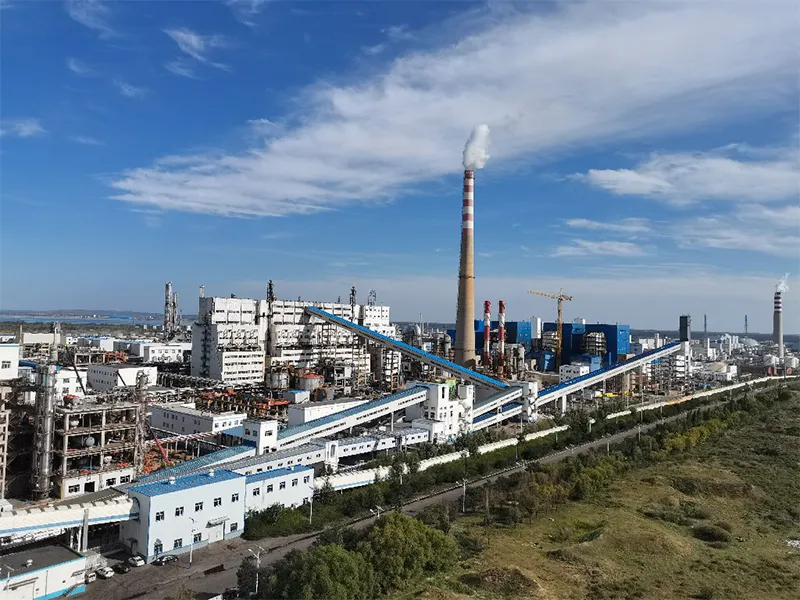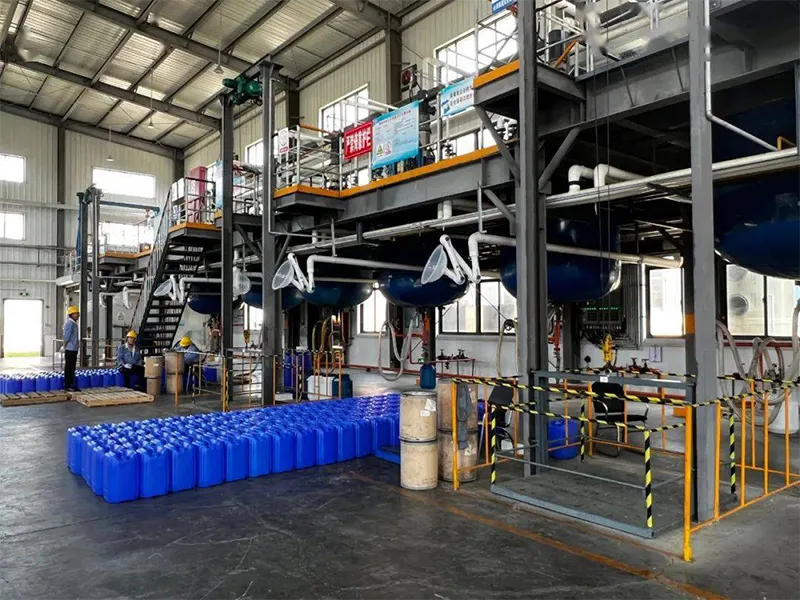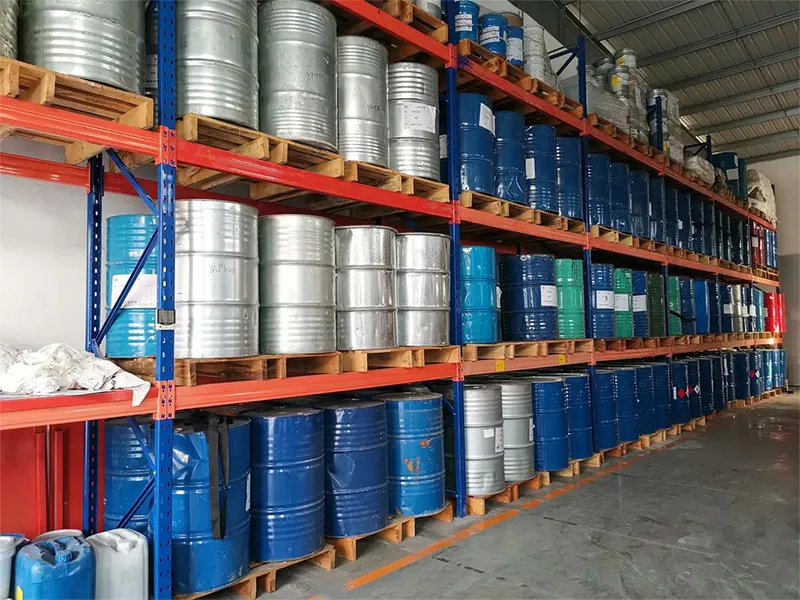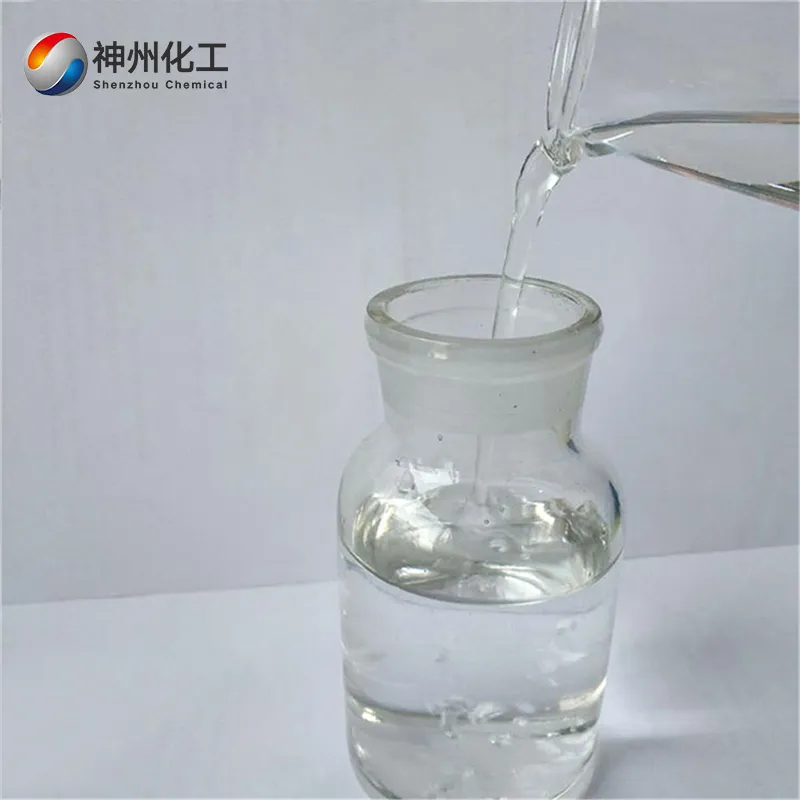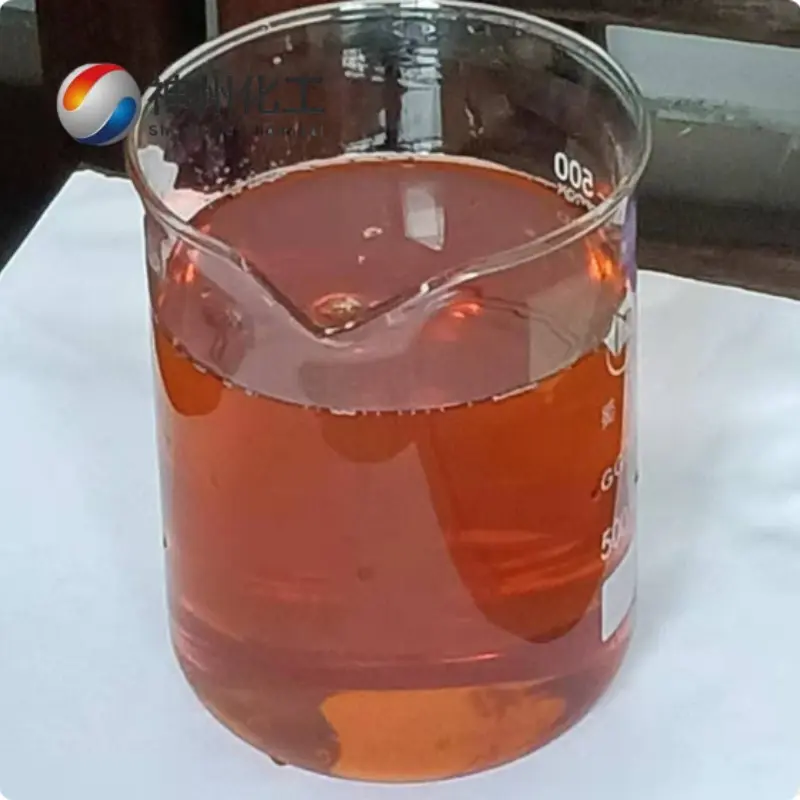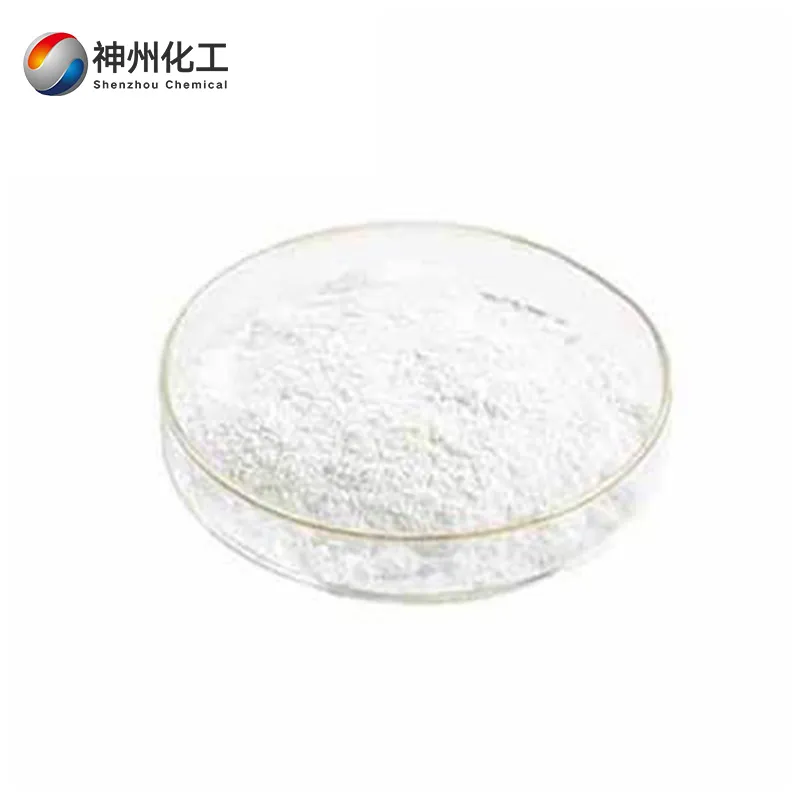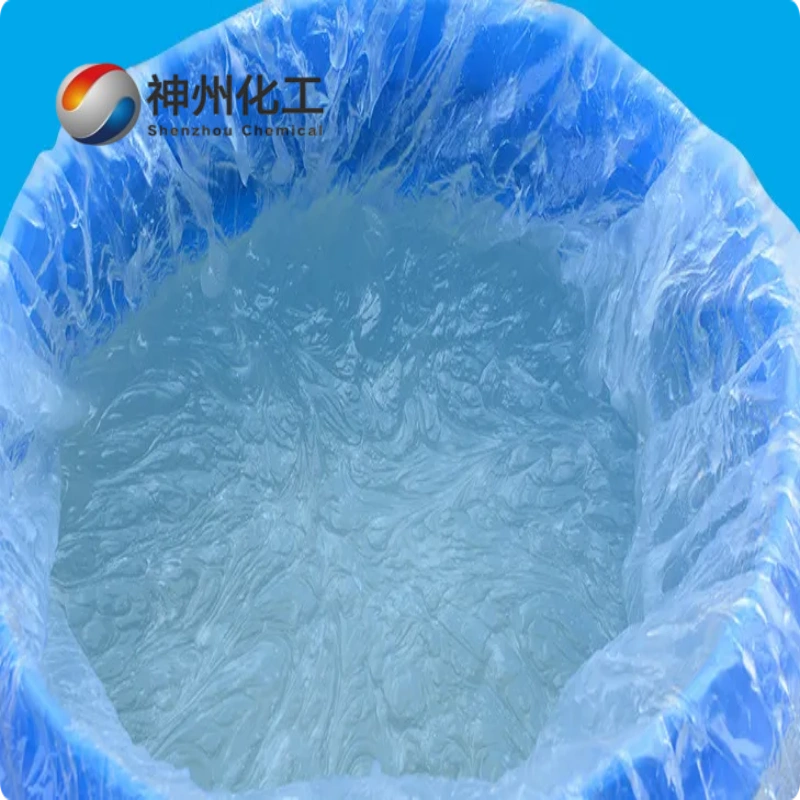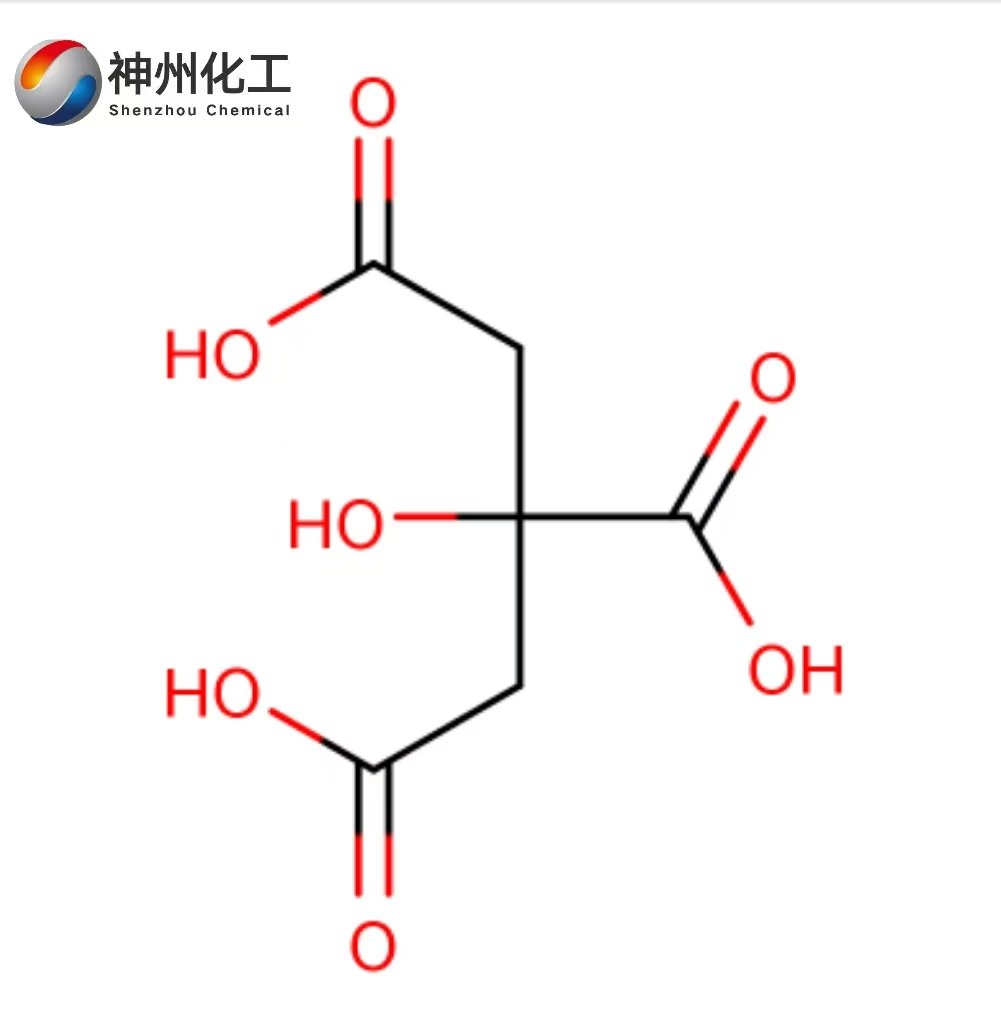Hydroquinone 123-31-9
Have Any Questions?
Let our vertically integrated solutions – from Chinese manufacturing hubs to your local warehouse – become your competitive advantage.
- +86 13376344351
Leave Your Message
Hydroquinone 123-31-9
- Chemical Name:Hydroquinone
- CAS No.:123-31-9
- Product Categories:Organic Chemistry
- Molecular Formula:C6H6O2
- Formula Weight:110.11
- Appearance:White crystalline powder
- Storage and transportation characteristics: low temperature, ventilation, dryness, waterproof, moisture-proof
- Type Of Transportation:By Air/By Sea/By Train/By Express
- Type Of Transportation:Available
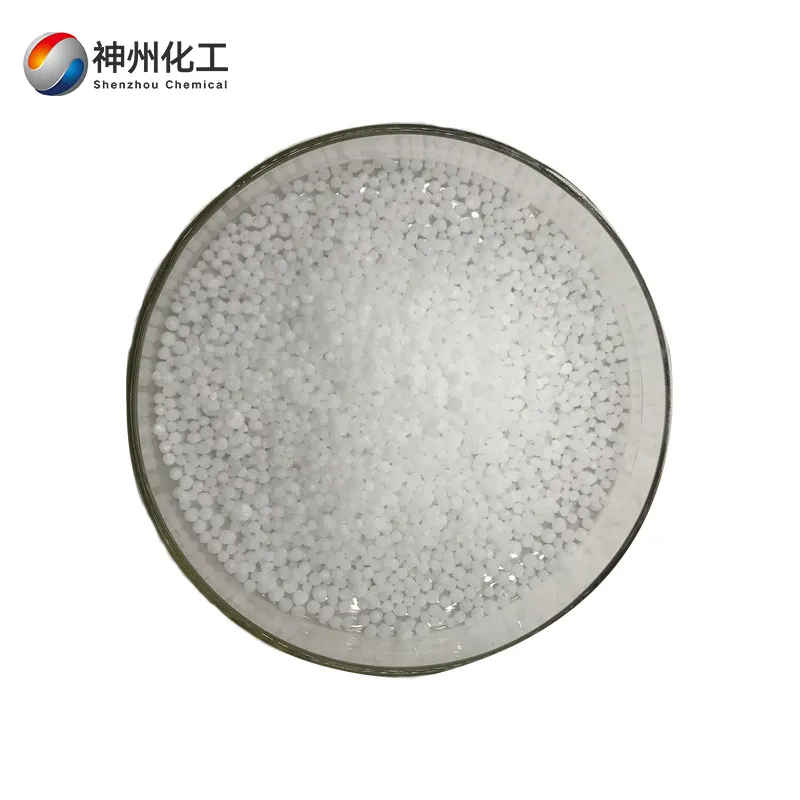
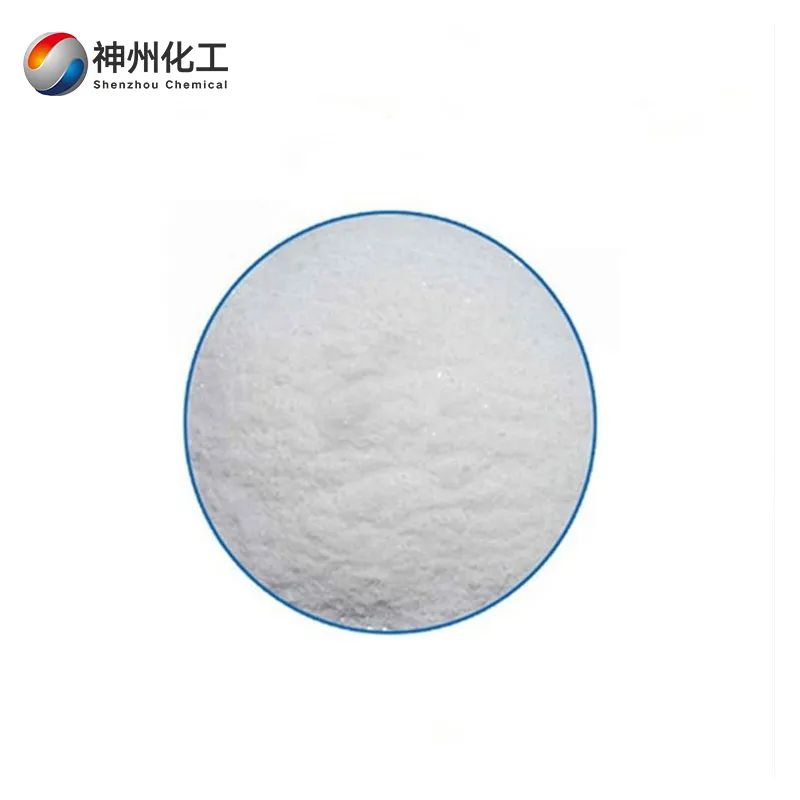
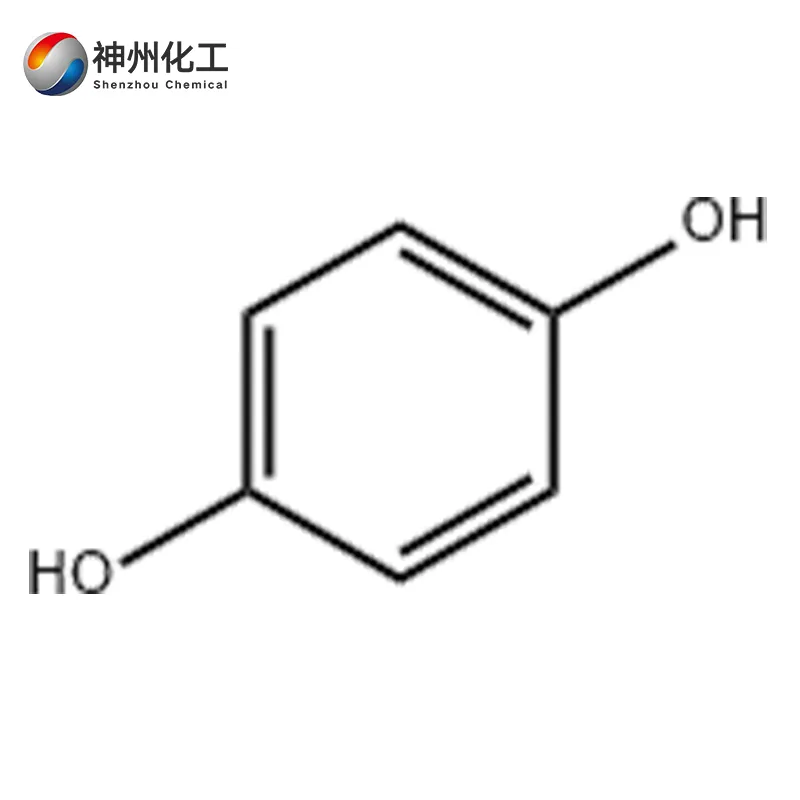
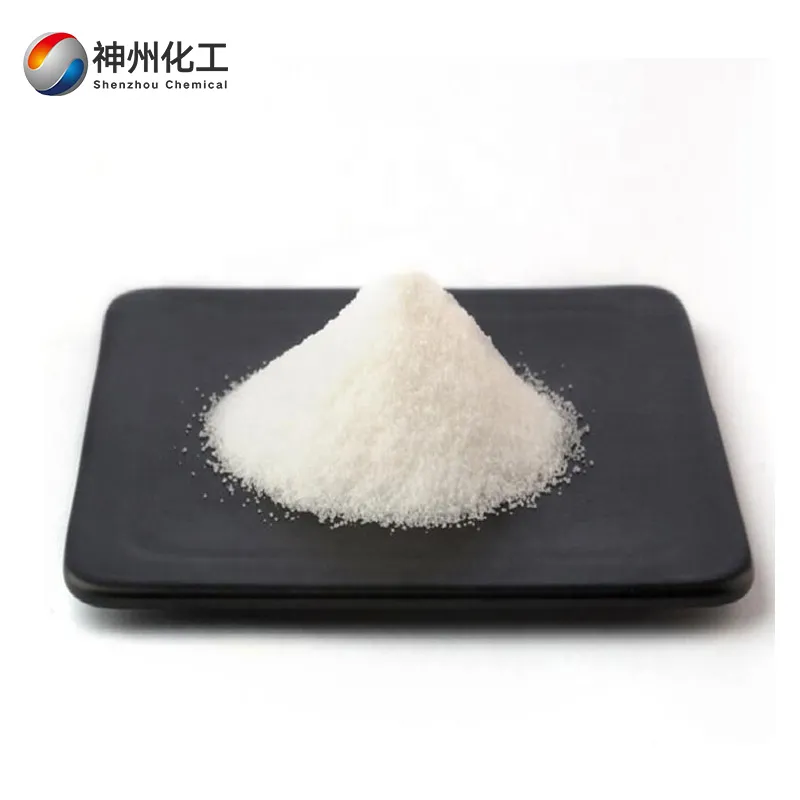
Hydroquinone 123-31-9
Hydroquinone, also known as 1,4-benzenediol, has the molecular formula C6H6O2 and a molecular weight of 110.11. It is a colorless or white crystalline substance that easily discolors when exposed to light in air. Its aqueous solution oxidizes to brown in air, and oxidation occurs more rapidly in alkaline media.
Melting point: 170–171°C, boiling point: 285–287°C, relative density: 1.33215, UV λmax in water: 288 nm. It is highly soluble in hot water, ethanol, and ether, and slightly soluble in benzene. It is chemically active, easily oxidized, and can also undergo esterification, substitution, and other reactions.
Hydroquinone is an important organic developer that requires a strongly alkaline solution to function effectively. Its reduction rate is slower than that of metol, but once the image appears, the density increases rapidly, resulting in a higher contrast. The fastest development occurs at temperatures between 27°C and 29°C.
Below 15°C, the process slows down, and below 5°C, it almost stops. Using a larger amount can produce a warm tone in photographs. It is used as a general photographic developer, as well as a reducing agent for physical development and re-development. It is typically used in combination with phenylenediamine and metol.
Chemical Properties of Hydroquinone 123-31-9
| Melting point | 172-175 °C(lit.) |
| Boiling point | 285 °C(lit.) |
| density | 1.32 |
| vapor density | 3.81 (vs air) |
| vapor pressure | 1 mm Hg ( 132 °C) |
| refractive index | 1.6320 |
| Fp | 165 °C |
| storage temp. | Store below +30°C. |
| solubility | H2O: 50 mg/mL, clear |
| pka | 10.35(at 20℃) |
| form | Needle-Like Crystals or Crystalline Powder |
| color | White to off-white |
| Odor | odorless |
| Water Solubility | 70 g/L (20 ºC) |
| Sensitive | Air & Light Sensitive |
| Merck | 14,4808 |
| BRN | 605970 |
| Henry’s Law Constant | (x 10-9 atm?m3/mol): <2.07 at 20 °C (approximate – calculated from water solubility and vapor pressure) |
| Exposure limits | NIOSH REL: 15-min ceiling 2, IDLH 50; OSHA PEL: TWA 2; ACGIH TLV: TWA 2 (adopted). |
| Stability: | Stable. Combustible. Incompatible with strong oxidizing agents, strong bases, oxygen, ferric salts. Light and air-sensitive. Discolours in air. |
| InChIKey | QIGBRXMKCJKVMJ-UHFFFAOYSA-N |
| LogP | 0.59 at 20℃ |
| CAS DataBase Reference | 123-31-9(CAS DataBase Reference) |
| NIST Chemistry Reference | Hydroquinone(123-31-9) |
| IARC | 3 (Vol. 15, Sup 7, 71) 1999 |
| EPA Substance Registry System | Hydroquinone (123-31-9) |
Application of Hydroquinone 123-31-9
Colorimetric determination of phosphorus, magnesium, niobium, copper, silicon, and arsenic, etc.; polarographic and volumetric determination of iridium; reducing agent for polyacids; reducing agent for copper and gold; testing of phosphates, tungstates, nitrates, nitrites, selenium, and tellurium, etc.; developer; antioxidant; desulfurization agents in the fertilizer industry; urea enhancers.
Hydroquinone is an intermediate in the production of herbicides such as quinclorac, pyraflufen-ethyl, thiobencarb, oxadiazon, fluazifop-p-butyl, and fluazifop-p-ethyl, as well as in pharmaceuticals and dyes.
Hydroquinone is primarily used as a developer in photography. Hydroquinone and its alkyl derivatives are widely used as polymerization inhibitors added during the storage and transportation of monomers, with a common concentration of approximately 200 ppm.
Hydroquinone methyl ether is an intermediate for the food antioxidant BHA; Dimethoxybenzene is an intermediate for dyes, organic pigments, and fragrances; diethyl ether is an intermediate for photosensitive pigments and dyes. Phenol is also used to produce N,N’-diphenyl-p-phenylenediamine, which is an antioxidant and deodorant for rubber and gasoline.
Packaging Method of Hydroquinone 123-31-9
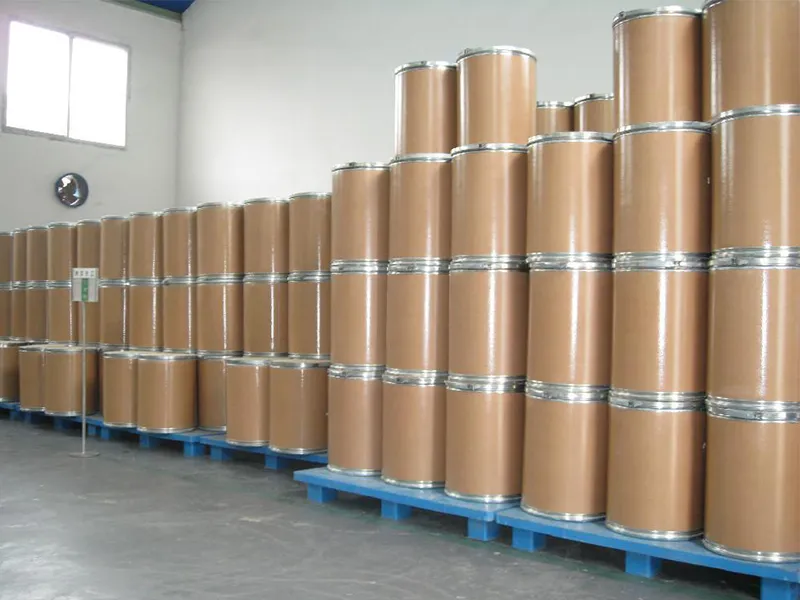
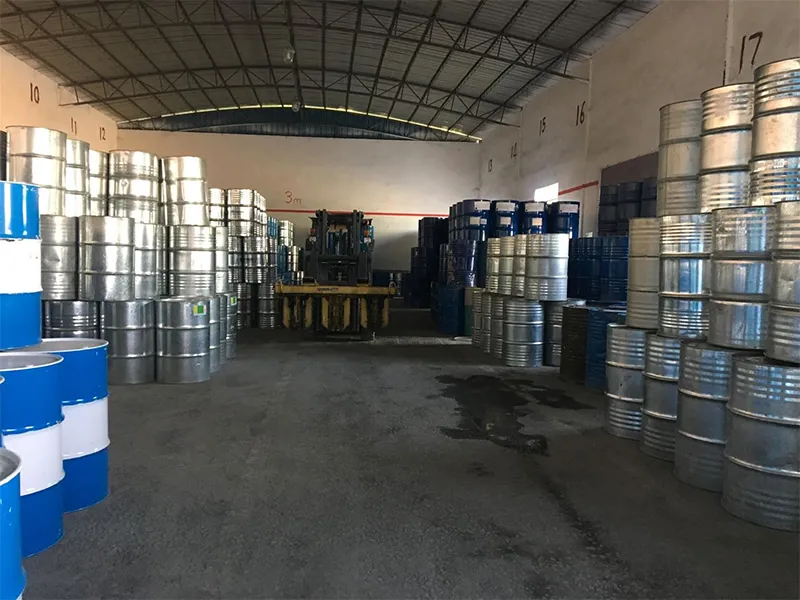
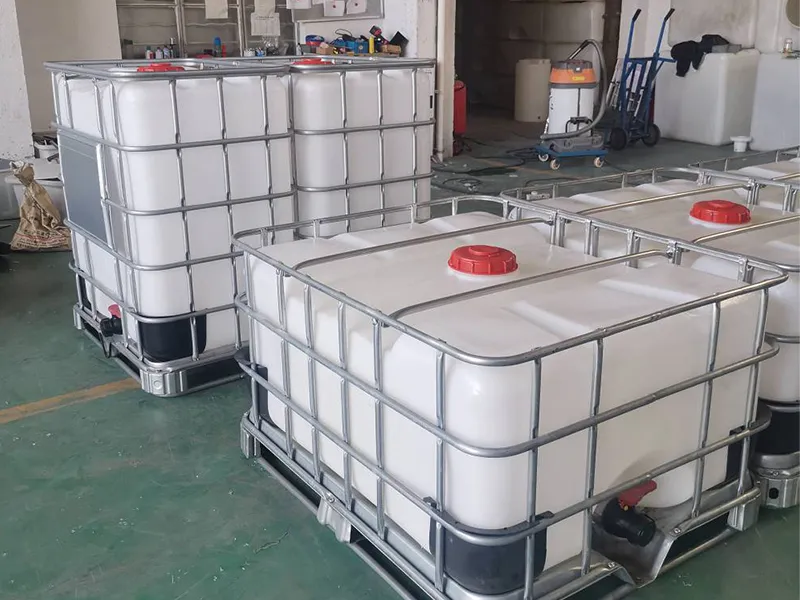

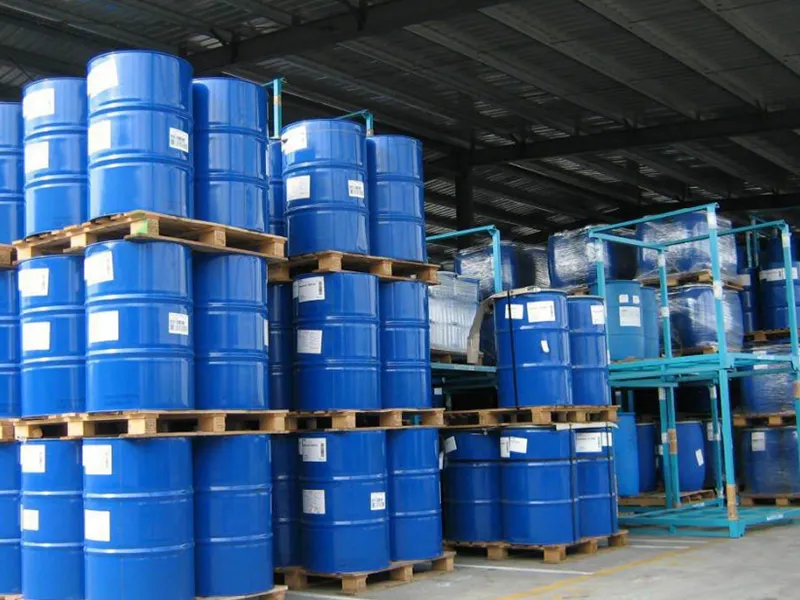
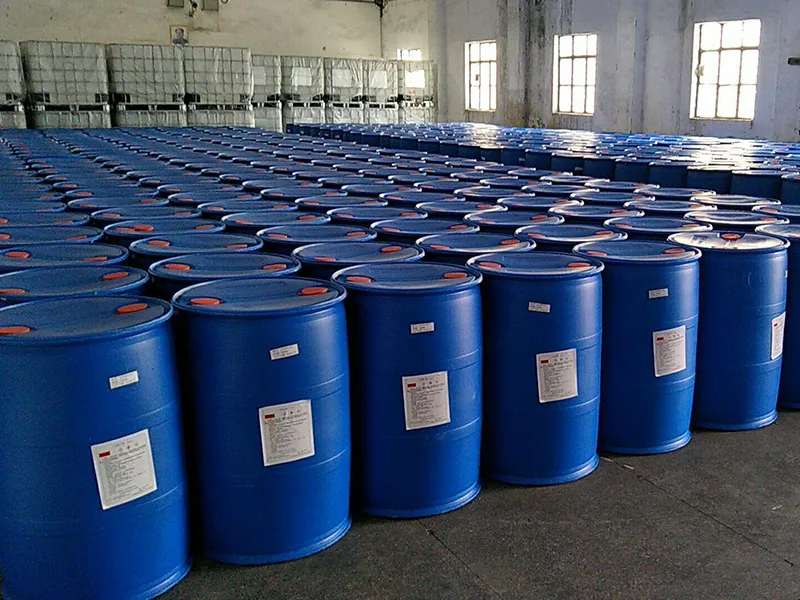
Factory Show
